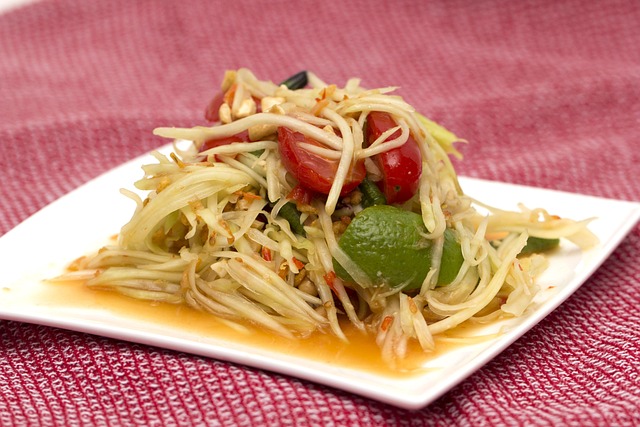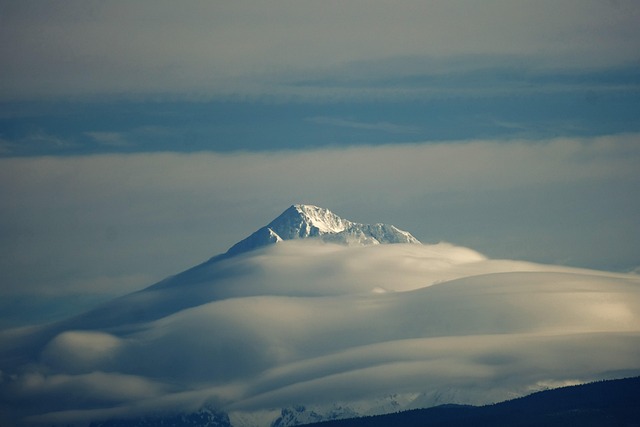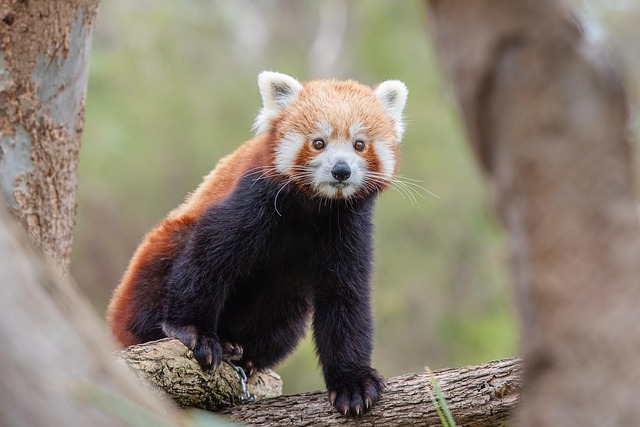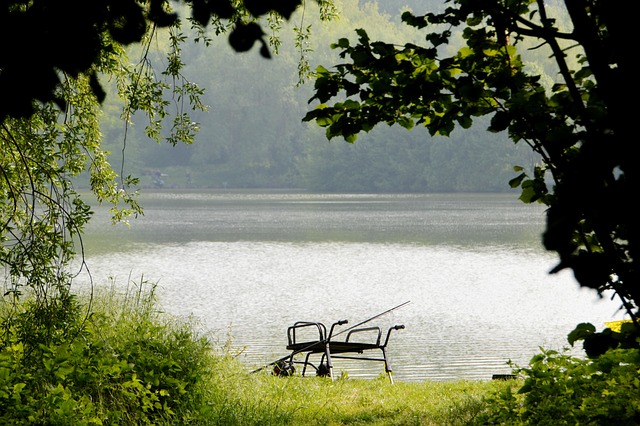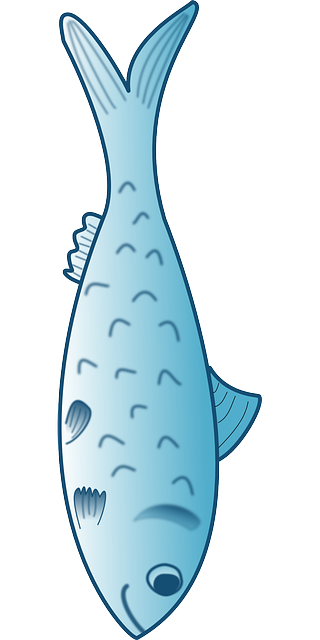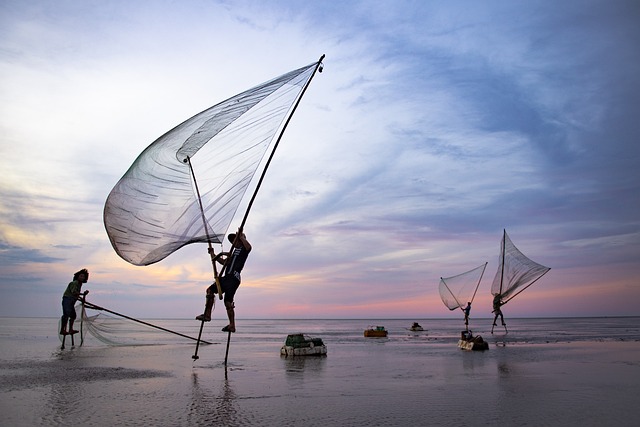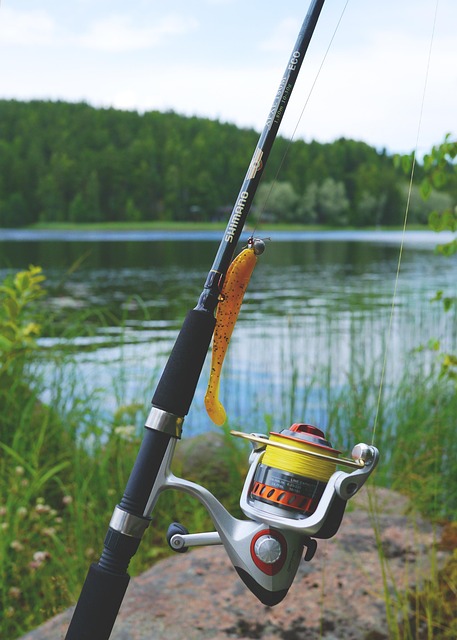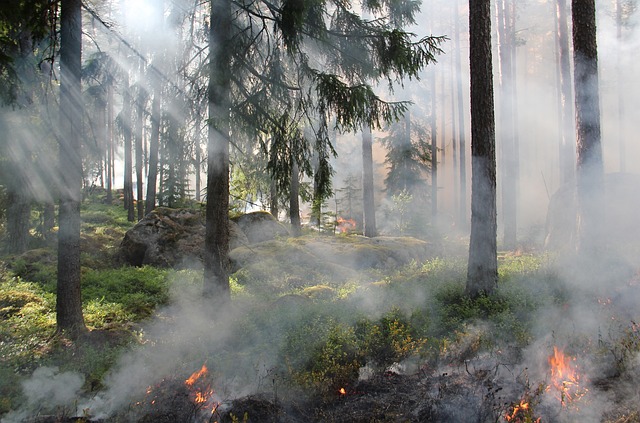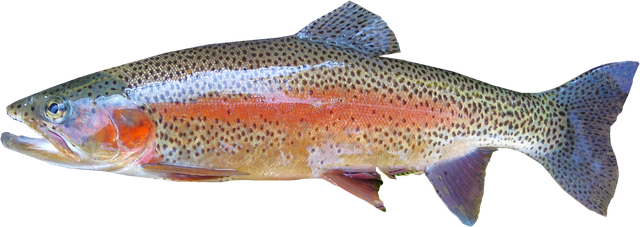The Upper Willamette River's seasonal transformations greatly affect fly fishing. Spring offers ideal conditions for trout spawning. Summer requires adapting to deeper waters and warmer temps with larger flies. Autumn brings vibrant colors, aggressive feeding, and prime opportunities for skilled anglers targeting shallow riffles and fallen trees. The river's diverse habitats support a rich array of gamefish year-round, making Upper Willamette fly fishing an exciting adventure.
“Uncover the secrets of the Upper Willamette River, a haven for anglers seeking exceptional fly fishing experiences throughout the seasons. From the icy depths of spring to the warm, vibrant waters of autumn, this river transforms into a dynamic ecosystem with changing fish behaviors. Discover how understanding seasonal patterns can elevate your Upper Willamette fly fishing game. Explore diverse habitats and master timing, making each season a unique adventure.”
- Understanding Seasonal Changes in Fish Behavior
- Upper Willamette River: An Overview of Habitat
- Spring: The Rise of Trout and Fly Fishing Opportunities
- Summer Days: Targeting Deeper Waters for Success
- Autumn's Colorful Catch: When and Where to Look
Understanding Seasonal Changes in Fish Behavior
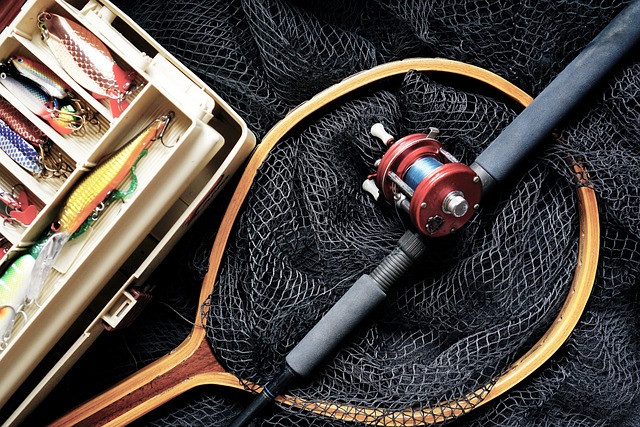
The Upper Willamette River, renowned for its exceptional fly fishing, undergoes distinct seasonal transformations that influence fish behavior. Understanding these patterns is crucial for anglers to optimize their catch rates throughout the year. In spring, when water temperatures rise, trout become more active as they seek nutritious foods to fuel their spawning efforts. This period often presents ideal conditions for successful Upper Willamette fly fishing, with eager fish rising to feed on emerging insects and surface streamers.
As summer approaches, the river’s ecosystem shifts, impacting the behavior of its aquatic inhabitants. Trout may become more selective in their feeding habits, favoring specific types of bait and techniques. Anglers can adapt by employing different flies and presentation methods, taking advantage of unique opportunities that each season presents. Autumn brings a dramatic change in landscape, with falling leaves and cooler temperatures, influencing fish movement and deep-water habitats. Seasoned anglers embrace these seasonal changes, continually refining their strategies to connect with the active trout that call the Upper Willamette home.
Upper Willamette River: An Overview of Habitat
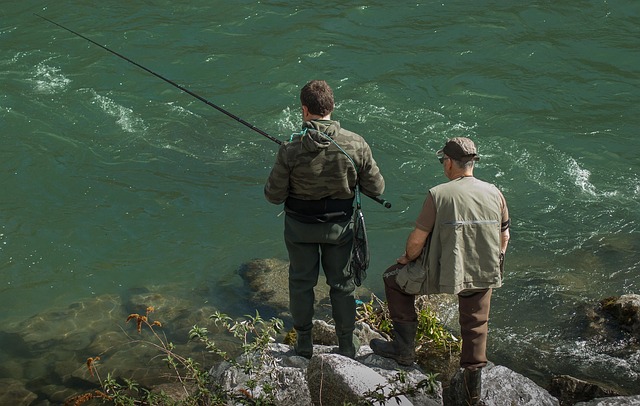
The Upper Willamette River, a majestic waterway winding through Oregon’s picturesque landscape, offers an array of habitats that support diverse aquatic life and make it a paradise for anglers, especially those indulging in Upper Willamette fly fishing. This section of the river is characterized by a mix of shallow riffles, deep pools, and meandering bends, each providing unique environments for various fish species to thrive. The river’s bottom varies from rocky outcrops to sandy beds, further contributing to the intricate ecosystem.
The river’s rich habitat diversity is nurtured by its clean, cold waters sourced from nearby mountains and a network of tributaries. These factors create ideal conditions for trout, salmon, and other gamefish, making Upper Willamette fly fishing an exhilarating experience throughout the seasons. The river’s dynamic nature ensures that anglers can encounter different fishing patterns, requiring them to adapt their techniques accordingly.
Spring: The Rise of Trout and Fly Fishing Opportunities
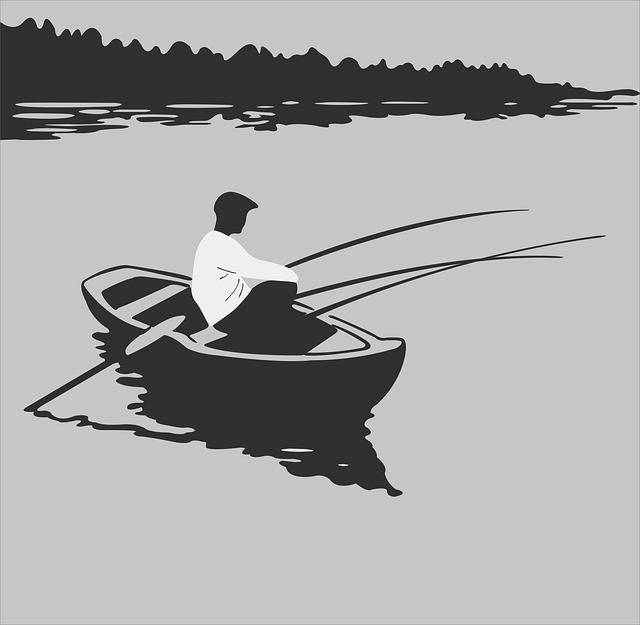
As spring unfolds its vibrant hues across the Upper Willamette, the river transforms into a bustling hub for anglers seeking that perfect catch. This season marks a significant shift in the fishing dynamic as cold water species like trout start to emerge from their winter slumber. The cool temperatures and increased oxygen levels create ideal conditions for these fish to feed and reproduce, making it an exciting time for fly fishermen.
Anglers can expect to find a variety of trout species, including rainbow, cutthroat, and brown trout, actively feeding on the river’s surface. The gentle current and pristine waters provide the perfect setting for fly fishing enthusiasts to showcase their skills. With the right equipment and techniques, casters can navigate the currents and present their flies effectively, enticing these eager trout.
Summer Days: Targeting Deeper Waters for Success
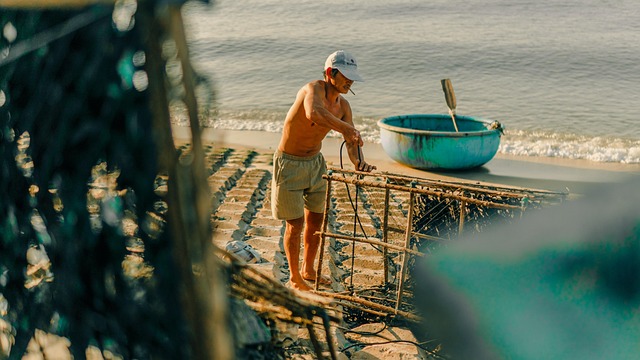
During the summer months, the Upper Willamette River transforms into a haven for anglers seeking deeper waters. The river’s current slows, and the warm water invites fish to venture into deeper channels and pools. Fly fishermen should adjust their tactics accordingly, employing heavier tippets and more substantial flies to account for the increased depth and potential faster currents in some areas. Targeting structures like submerged logs, rocks, and deep riffles can be highly productive.
The key to success lies in understanding that fish often congregate around these features, waiting for unsuspecting prey. Using a combination of dry flies and nymphs, anglers can present their offerings effectively. Early morning or late afternoon casts when the sun’s rays are less intense also provide an advantage, as it mimics the behavior of emerging insects and encourages strikes from discerning summer fish.
Autumn's Colorful Catch: When and Where to Look
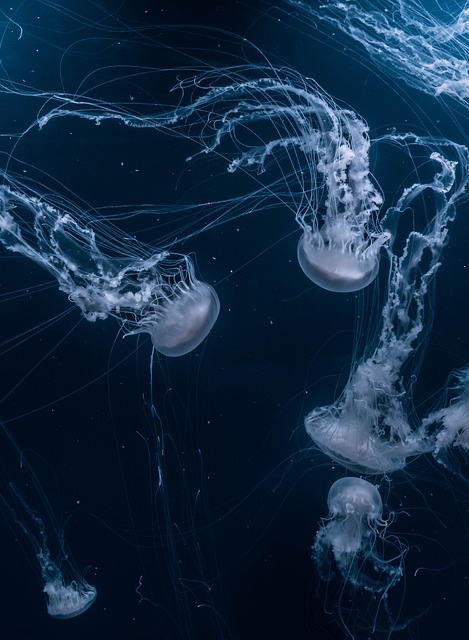
As autumn arrives, the Upper Willamette River transforms into a vibrant tapestry of color, not just for the surrounding landscape but also for anglers lucky enough to be on the water. This season brings a unique and diverse range of fish species to the surface, making it an exciting time for Upper Willamette fly fishing enthusiasts. The river’s cool temperatures encourage trout to feed actively as they prepare for winter, creating opportunities for anglers to land some of their most memorable catches.
The best times to target these colorful catch are typically in the early morning and late afternoon when sunlight filters through the changing leaves, casting a warm glow on the water. Look for shallow riffles and runs where trout gather to feed, especially near fallen trees or overhanging vegetation that provides both cover and a rich food source. Anglers skilled in the art of Upper Willamette fly fishing can expect to reel in vibrant rainbow trout, cutthroat species, and even the elusive fall run Chinook salmon, making it a true paradise for fly fishers during this magical time of year.
